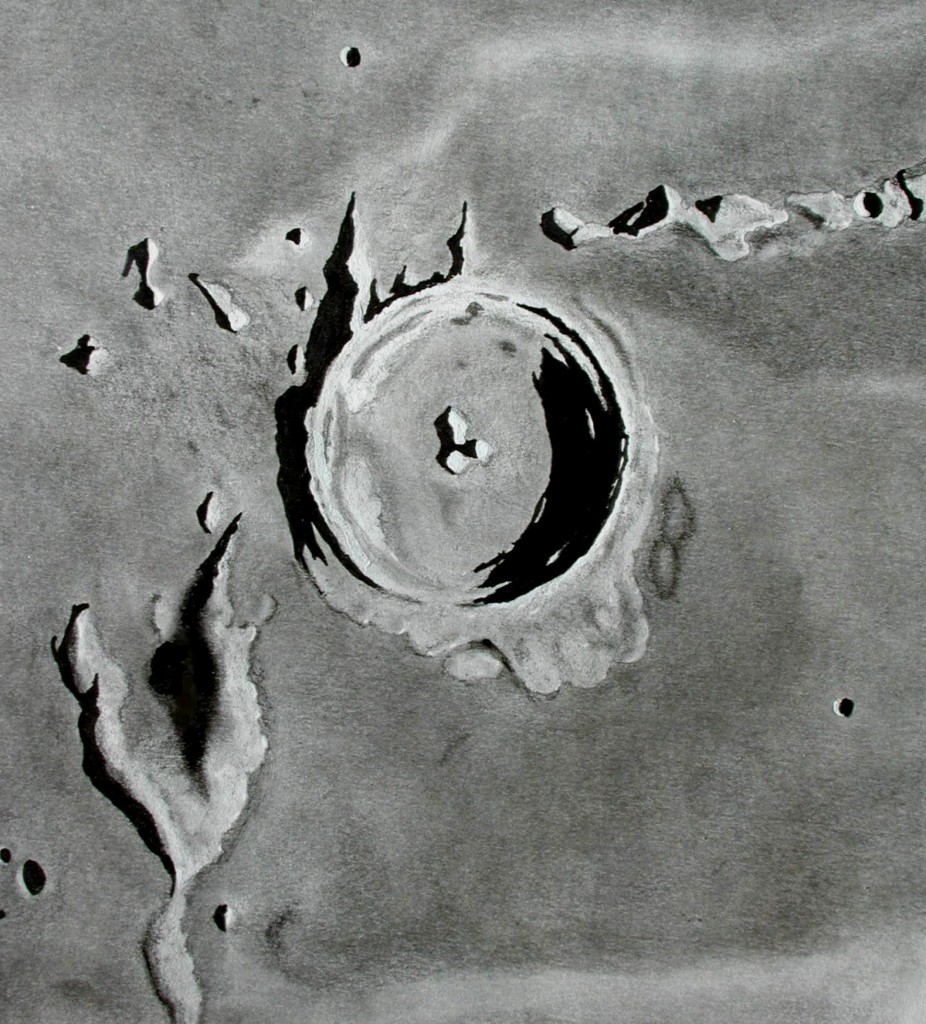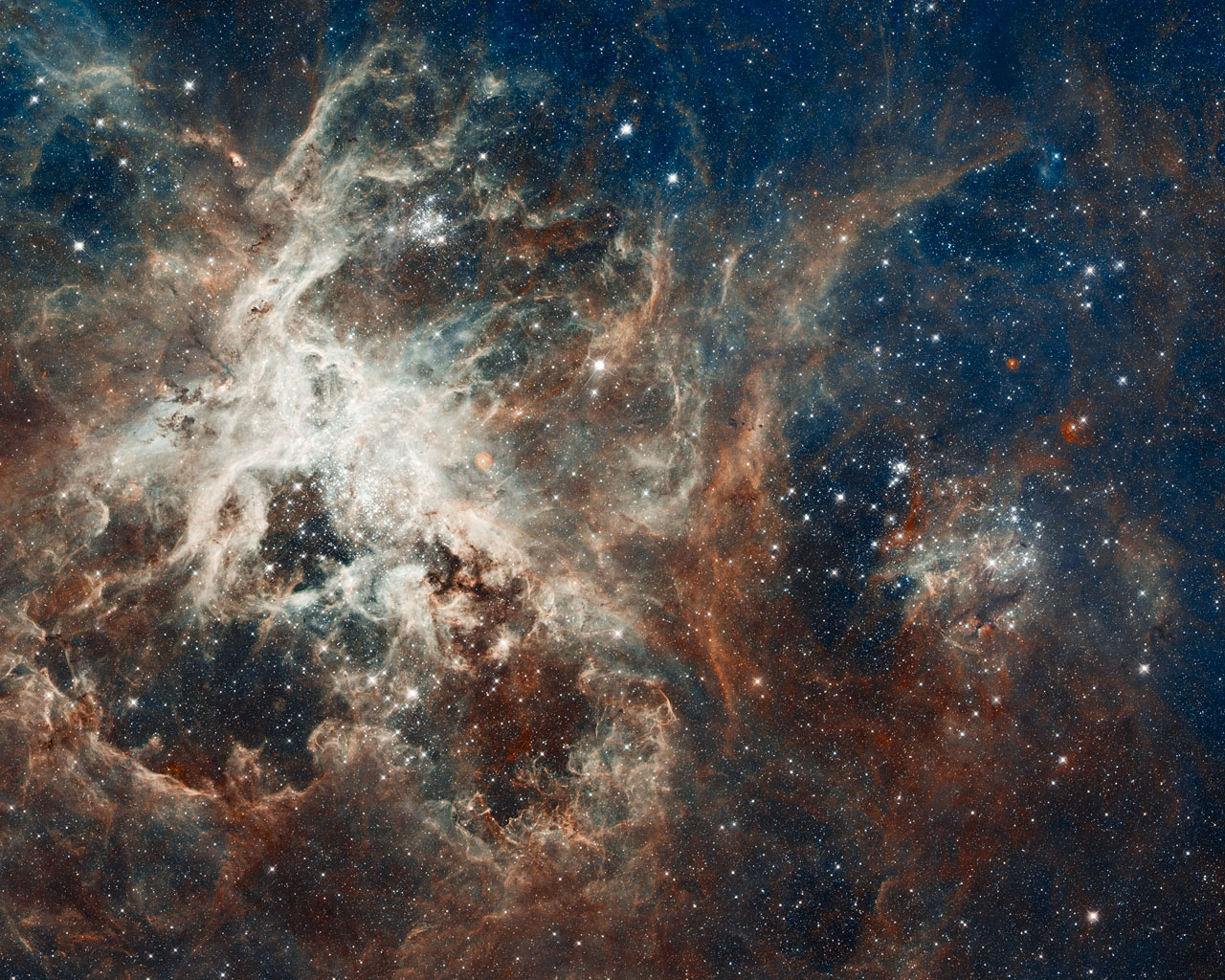The unusual trajectories of the Pioneer 10 and 11 spacecraft as they leave the solar system are not caused by any exotic new physics but by mundane thermal emissions powered by radioactive decay. That is the verdict of researchers in the US and Canada, who have compared the results of an extremely detailed computer simulation of the thermal forces on one of the craft with the same forces calculated from the trajectory of the mission. The study also suggests that the observed reduction of the extra acceleration over time is the result of how electricity is generated on board the spacecraft and distributed to its scientific instruments.
Physicists have known for more than a decade that the Pioneer 10 and 11 probes are following trajectories that cannot be explained by conventional physics. Known as the "Pioneer anomaly", both craft seem to be experiencing an extra acceleration towards the Sun as they exit the solar system that is 10 billion times weaker than the Earth's gravitational pull. Many explanations have been proposed for the origins of this anomalous acceleration, involving everything from the gravitational attraction of dark matter and modifications of Einstein's general theory of relativity to string theory and/or supersymmetry.
In 2011 a team led by Slava Turyshev of the Jet Propulsion Laboratory in California – and including Viktor Toth, Jordan Ellis and Craig Markwardt – showed that the magnitude of the acceleration is decreasing exponentially with time. Given that for both craft electricity is supplied by a radioisotope thermoelectric generator (RTGs) powered by the heat given off by the radioactive decay of plutonium – an energy source that decays exponentially with time – Turyshev and others suggested that the extra acceleration could be caused by thermal radiation being emitted from the craft in a preferred direction.
The problem with that explanation, however, is that the acceleration of the spacecraft is decaying exponentially with a half-life of about 27 years, whereas the half-life of plutonium-238 is 88 years. So to see if thermal emissions really are driving the anomaly, Turyshev, Toth and Ellis joined forces with three other researchers – Gary Kinsella, Siu-Chun Lee and Shing Lok – to create a detailed computer simulation of the thermal properties of the spacecraft and the directions in which key components emit thermal radiation.
Efficient acceleration
The simulation reveals that the two main sources of thermal emissions on the spacecraft are the RTG itself and the scientific instruments that it powers. These instruments, which are mostly mounted on the back of the spacecraft, face away from the Sun and, according to the simulations, their thermal emissions have a relatively high efficiency of accelerating the spacecraft towards the Sun. The RTG, in contrast, is mounted to one side of the main body of the spacecraft and emits thermal radiation much more evenly in all directions.
The research suggests that knowing the relative contributions of the RTG and the instruments to the anomalous acceleration is key to understanding why the observed decrease in the anomalous acceleration is faster than the decay of plutonium-238. According to Turyshev, the thermocouples at the heart of the RTGs become progressively less efficient at converting heat to electricity – and that this decay occurs with a half-life that is somewhat shorter than 88 years. As the thermocouples deteriorate, less electrical energy is supplied to the instruments, which means that the anomalous acceleration drops faster than expected from radioactive decay alone. Although more heat is dissipated by the RTG as time progresses, this has little effect on the motion of the spacecraft.
Notes and memories
According to Turyshev, the biggest challenge in developing the simulation was the "lack of precise and complete information on the spacecraft", which was designed and built more than 40 years ago. As a result, the team interviewed engineers who had built the spacecraft and still had notes and memories on the design and materials used. Also crucial to the team's success was the use of data that were beamed back to Earth during the mission. These included the temperature at several locations on the spacecraft, which allowed the team to evaluate the accuracy of its computer model and also to infer the thermal properties of some of the materials used in the satellite.
The team also performed an independent analysis of the trajectory of Pioneer 10 from which the researchers were also able to extract the relative contributions of the RTG and instruments to the anomalous acceleration. Both the thermal simulations and the trajectory analysis gave similar results, within experimental and computational errors.
It is this agreement between the thermal and trajectory studies that impresses Benny Rievers of the University of Bremen in Germany. With his colleague Claus Lämmerzahl, Rievers has also used computer modelling to show that directional thermal emissions are the likely cause of the Pioneer anomaly. "I think that we now completely understand what is going on with the spacecraft and that the anomaly is completely down to anisotropic heat radiation," says Rievers.







